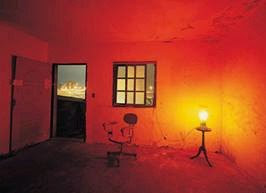
An Inventory of Rooms
Wellington artist Ann Shelton’s exhibition Room Room depicts an inventory of vacated institutional rooms. Opening at the Michael Hirschfeld Gallery, 4 September, the exhibition documents the empty rooms of the Phoenix Building at the Salvation Army’s former Drug and Alcohol Rehabilitation Facility on Rotoroa Island in the Haurauki Gulf. The building will be demolished when Rotoroa becomes a public conservation estate, and consequently Shelton’s project is twofold: at once an act of preservation and a kind of elegy.
In Room Room, Shelton alludes to the Claude glass, a small portable convex mirror used as an aid to painting during the 18th century. The mirror allowed the painter to reduce a scene and make it easier to paint. Taking the round shape of the Claude glass, Shelton’s works appear literally stretched over a convex mirror. Inverted, the images present a reflected view of the room.
Shelton alludes to the technical trickery of photography while at the same time using it as a tool to preserve the ephemeral. Circular images of vacant rooms float on large vertical photographic sheets. Jutting into the frame are edges of doors and window frames, all slightly distorted as if seen on a convex mirror. At first glance, the images are disorienting. A closer look at the few photos that contain numbers or writing reveals the images are reversed. Shelton not only points at the artifice of photography, but also its pre-history. Visual aids like the Claude glass have informed the way we see and interpret the world through reflections of the real.
















